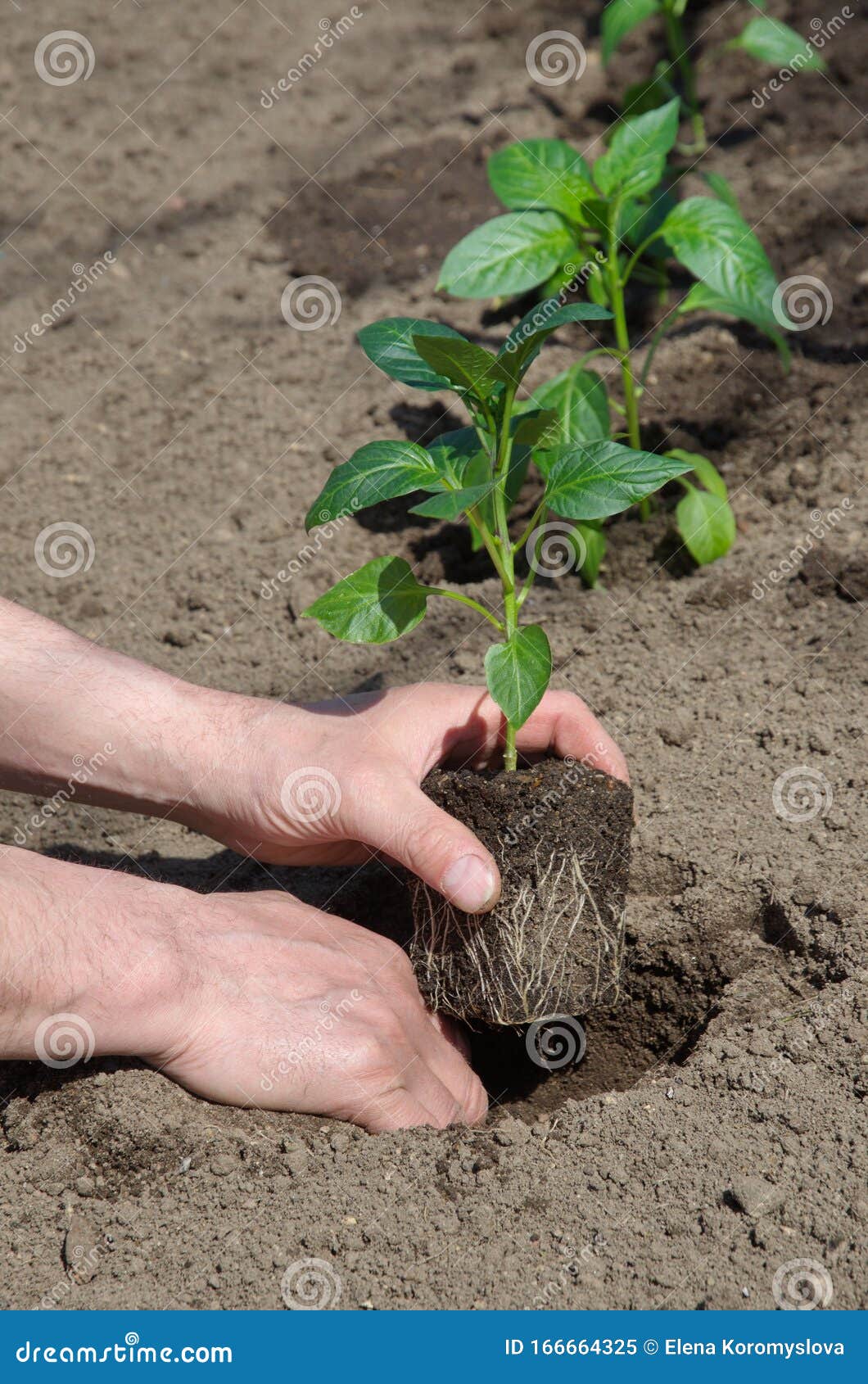

Using Velcro, zip ties, twist ties, or string, loosely tether the plant to the stake. This way, you can avoid potentially damaging the root systems by driving a stake through them. Tip: Ideally, you should place your stake before the plants are in the ground. If you are growing peppers in pots, push the stake to the bottom of the container (as long as your stakes are long enough). Push it down at least 6 inches until the stake is sturdy. If your plants are not yet leaning, you can skip this step.Īfter determining where to place it, in one fluid motion, insert your stake at the base of your pepper plant, about 2-3 inches from the base of the stem. The stake will do a better job pulling the plant up than pushing it. If your pepper plant is leaning to the right, you will want to insert your stake on the left side of the plant’s base.

Note: Thick, wooden stakes may disrupt your plant’s root system. They are economical, reusable, and made specifically for this purpose. You can also get a variety of stake options online on Amazon or Home Depot. We love using Garden Velcro tape to attach our peppers to stakes. Then, as the plants grow, you can attach them at various points of the plant to the stake for support. These types of stakes should be driven into the ground 2-3″ from the base of your pepper plants. They are purpose-built, and are easy to find at local garden centers. Traditional stakes usually consist of a straight, pointed piece of wood, bamboo, metal, or other rigid material. Great for seamlessly sliding through the soil without disturbing the roots. They are typically no more than a half centimeter wide, and pointed at the end. Note: One benefit of these are their thin nature. Here are some items we recommend using to stake your peppers. It should be sturdy enough to support your peppers in windy conditions, but it doesn’t need to be overly thick. From a simple wooden stake to a complex trellis for climbing plant varieties.įor peppers, the stake doesn’t have to be anything fancy. We have seen some very creative methods of staking plants. These plants benefit from a sturdy stake or cage that can be tethered to the plant. chinense peppers, like ghosts and habaneros, grow to be much larger and bushier, often becoming top-heavy with fruits.

Any heavy pepper variety should have a support system to prevent this.Ĭ. annuum varieties grow shorter and bushier, often having all the support they need from their own main stem.īell peppers are an exception, as the weight of the fruits themselves can cause bending and breaking of stems. However, peppers are not always in need of support – it depends on the variety being grown. We suggest placing a stake beside each pepper plant early in the season to ensure the plants are supported from day one. Staking involves providing your plant with the support of an upright object, usually a sturdy piece of wood, metal, or plastic. In this article, we’ll share our best tips for staking pepper plants the right way.

Staking your peppers will also keep the plants from falling over or breaking in windy conditions. Small stake for pepper plant.īy providing sturdy support, your pepper plants will stay upright, allowing for better airflow and easier harvesting. This is where staking can be highly beneficial to the health and aesthetics of your garden. If most of the branches, leaves, and fruits form at the top of the plant, it can have a tendency to lean. The important factor is where the plant’s weight is distributed. However, as they grow larger, staking pepper plants is a great option to help avoid damage from wind and rain.ĭepending on the variety, pepper plants can grow anywhere from 2 to 8 or more feet tall in a single season. Early pruning can help avoid tall, lanky pepper plants. Sometimes, your pepper plants end up top-heavy.


 0 kommentar(er)
0 kommentar(er)
